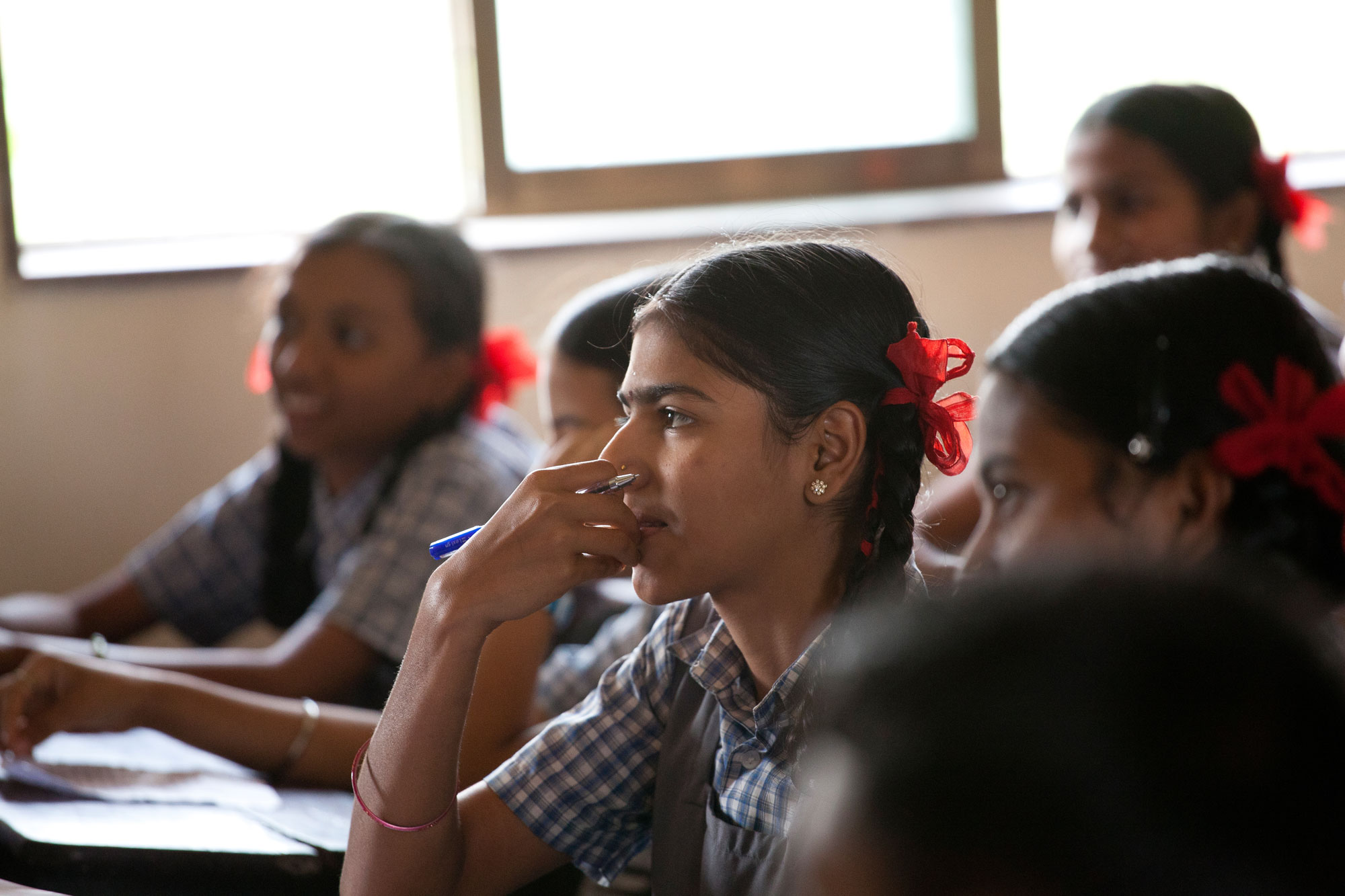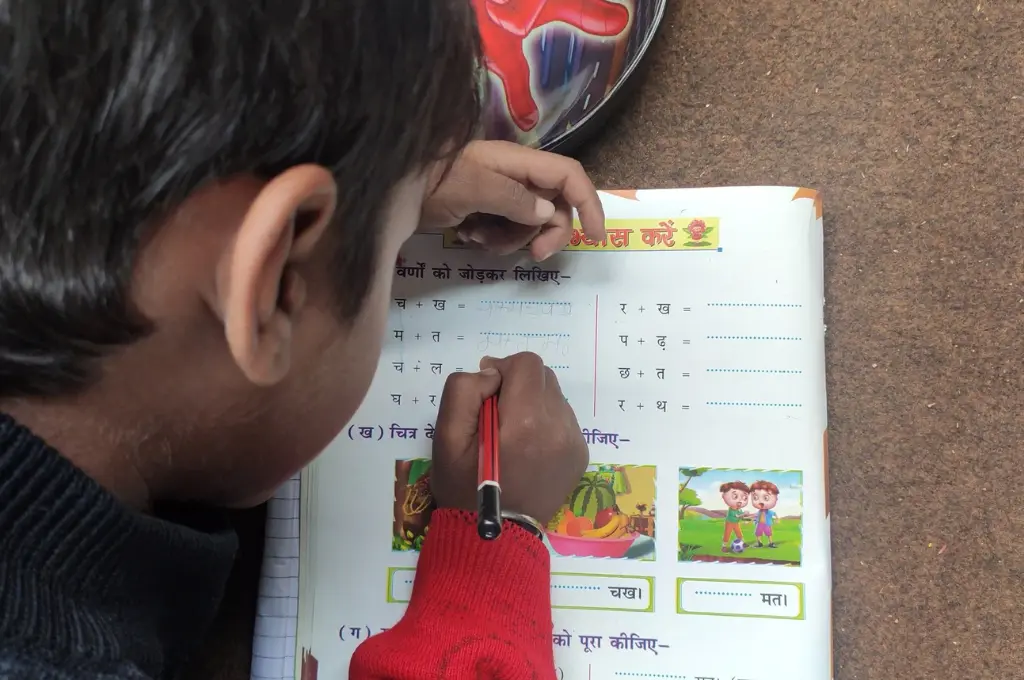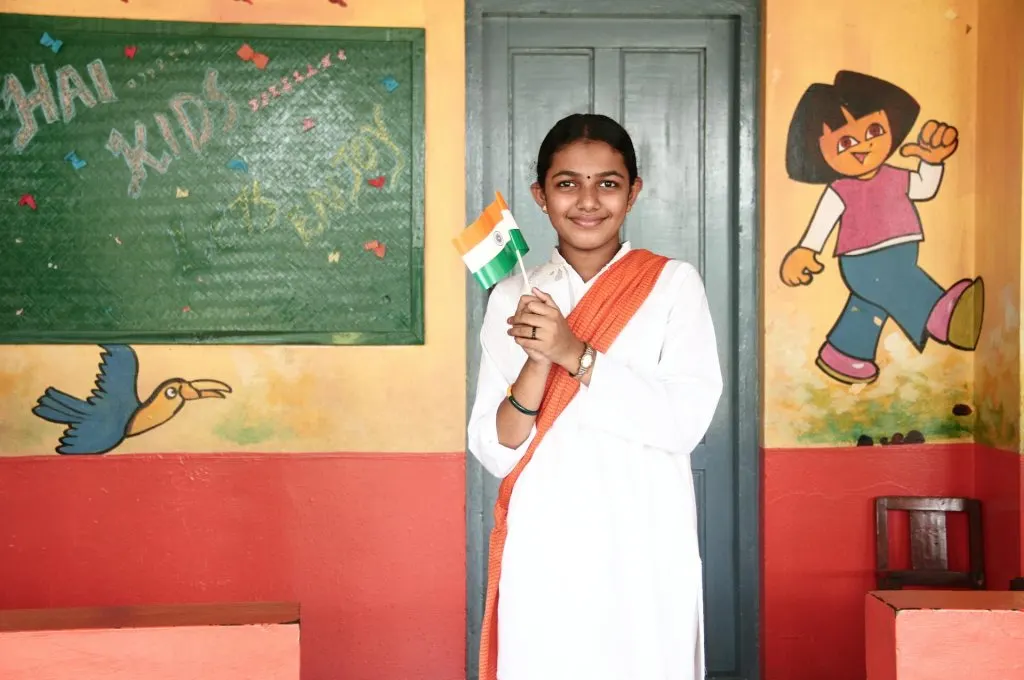Take a close look at the public education system in India, and the scope of the challenges is readily apparent. By the time they are ten years old, nearly 50% of children in government-run schools in India have fallen behind. As many as half the children in fifth grade do not even have the skills of a second grader: they can barely read and cannot do simple arithmetic. As a result, parents of more than 40% of children in India–a very large proportion of the population in a country where many families struggle simply to put food on the table–pay to send their children to private schools.
But if the problems plaguing the education system in India seem intractable, they are not. The state of Haryana, where 2.2 million children attend 15,000 government schools, has made progress—rapidly. In just two and a half years, Haryana has been able to arrest the decline in student achievement levels and generate improvement in all 15,000 public schools. This is a major accomplishment: all but one other state in India have seen learning levels remain static or decline. Certainly, educational achievement must improve much more, but the successes of Haryana’s School Education Department, working in partnership with The Boston Consulting Group, is clear evidence that large, complex government systems can undergo effective transformation.
In Haryana, success was the result of building a plan focused on four key steps. The department set precise and simple goals, identified the issues–both obvious and deeply rooted systemic problems–that had to be addressed, designed interventions that could work at scale within government financial and manpower budgets, and developed an implementation plan that was realistic and based on how people within the system operated and communicated.
The challenge in Haryana
Haryana is a midsize state with a population of nearly 40 million. In addition to the 2.2 million students enrolled in government-run schools, there are roughly 2 million children who attend the state’s 5,000 private schools. It isn’t hard to understand why so many parents avoid the public school system. In 2013, Haryana ranked in the bottom half of all Indian states in terms of student achievement levels, and those levels were continuing to decline.
Attempts to address the daunting public school challenges in Haryana had come up woefully short. There have been projects and pilots in 50, 100, or even 500 schools in Haryana that generated impressive results. But like many other educational-reform efforts around the world, none of those projects could be scaled up successfully. That’s because most of them were led by NGOs, foundations, or entrepreneurs. In most of those cases, such organizations bring in their own people, money, and technology, and they produce great results. But when the time comes to roll out those projects across an entire school system, the education department lacks the resources to make it happen.
Delivering real change
The head of the School Education Department in Haryana understood the pitfalls of the bottom-up, pilot-led approach and was willing to take a dramatically different direction. Working with BCG, the department crafted a program aimed at raising the bar in Haryana. The effort was designed around four actions, which included:
- Zeroing in on an ambitious goal and tracking progress
- Digging deep to unearth the big systemic problems
- Imposing discipline to design scalable interventions
- Using new technology to implement innovative initiatives
Haryana’s stellar gains
The impact of the reforms in Haryana has exceeded expectations. From 2012 through 2014, as the overhaul was being rolled out, the share of fifth graders who could do division increased 5% and the share who could read a standard second-grade text jumped 10%.
That was quite a reversal: from 2010 through 2012, the share of fifth graders who could do division had fallen 26%, and the share of children who could read a standard second-grade text had dropped 17%. According to the National Achievements Survey report published in January 2016, Haryana was one of just two states in India that showed improvement in learning outcomes across all subjects, with 28 of the 30 Indian states posting declines or no change.
—
Today, in every school in Haryana, teachers have simple specialized materials and methods that help them deal with the complex heterogeneity in their classrooms. Once a week, mentors visit teachers to see whether they need any help. All students’ learning levels are assessed once a month, and the data is shared with the principals and teachers.
Haryana’s education leaders are only at the beginning of their journey to remake public schools. But there is real momentum and indisputable progress. For a massive and complex government organization, that is something to be celebrated–and emulated.
This is an excerpt from the full article, which can be found here.






